Basics of Herbal Medicine Making
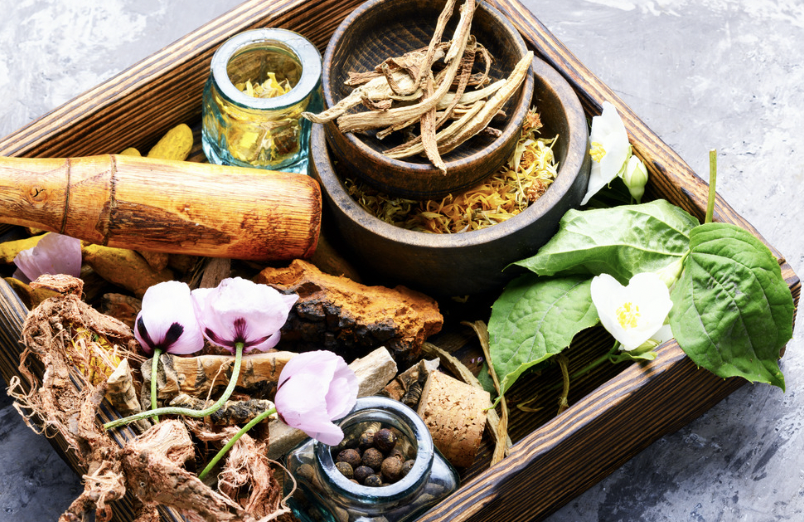
Herbal medicine has been used for centuries to treat a variety of ailments and promote overall health and wellness. If you’re interested in learning more about herbal medicine, one of the first things to explore is herbal medicine making. Here are some basics of herbal medicine making to help you get started.
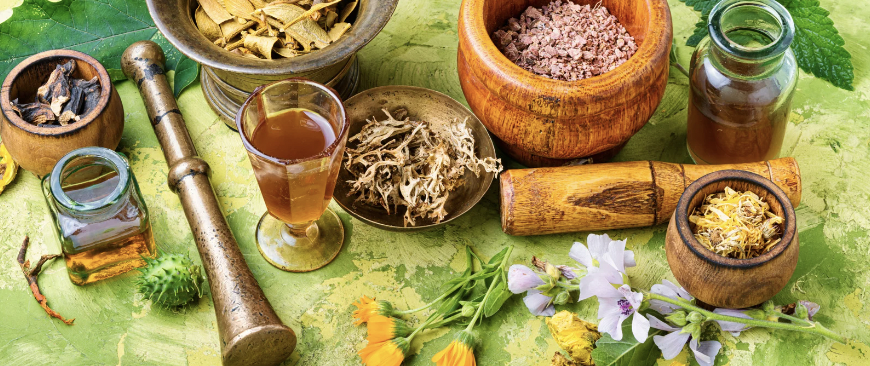
Choosing Herbs
The first step in herbal medicine making is choosing the right herbs for your needs. It’s important to research different herbs and their properties to find the ones that are best suited for your specific health concerns. Some popular herbs include chamomile, echinacea, lavender, peppermint, and valerian.
Here are some additional details and considerations to keep in mind when choosing herbs for your needs:
- Research: Before choosing herbs, it’s important to research their properties and uses. There are many resources available to help you learn about different herbs, including books, websites, and classes. Some factors to consider when researching herbs include their medicinal properties, potential side effects or interactions with other substances, and any contraindications for use.
- Quality: The quality of the herbs you use can have a big impact on their effectiveness. It’s important to choose high-quality herbs that are fresh, organic, and free from contaminants. Look for herbs that have a strong aroma and color, and avoid herbs that are discolored or have a musty smell.
- Availability: Some herbs may be harder to find than others, depending on where you live and the time of year. Consider the availability of different herbs when choosing what to use in your herbal medicine making. You may need to experiment with different herbs to find the ones that work best for your needs and are readily available.
- Personal Preferences: Your personal preferences can also play a role in choosing herbs. Some herbs may be more appealing to you than others based on their taste, smell, or other factors. Consider your personal preferences when choosing herbs, as this can make the herbal medicine making process more enjoyable and sustainable over the long term.
- Health Concerns: The specific health concerns you are trying to address can also play a role in choosing herbs. Some herbs are more effective for certain conditions than others, so it’s important to choose herbs that are well-suited to your needs. Consider factors like the symptoms you are experiencing, the severity of your condition, and any other medications or treatments you may be using.
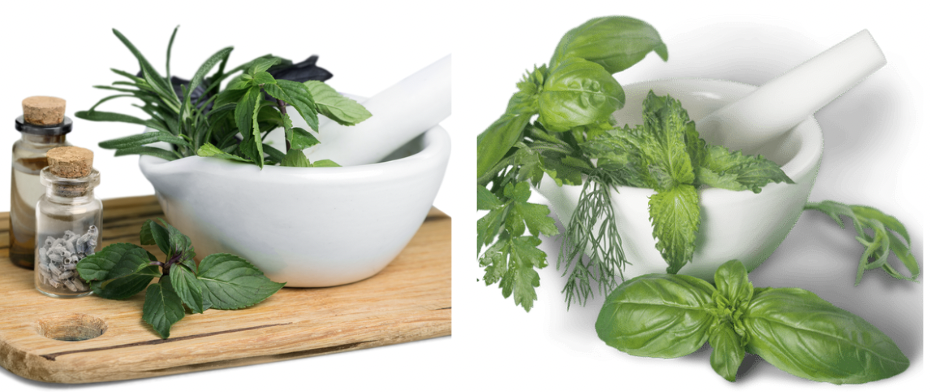
Preparing Herbs
Once you’ve chosen the herbs you want to use, you’ll need to prepare them for use. This can include drying the herbs, crushing or grinding them, or soaking them in oil or alcohol. The method of preparation will depend on the type of herb and the desired use.
Here are some additional details and considerations to keep in mind when preparing herbs for use in herbal remedies:
- Drying: Many herbs are best used when they are dry. Drying herbs can help preserve their medicinal properties and make them easier to store and use. To dry herbs, hang them upside down in a dry, well-ventilated area or use a dehydrator. Once the herbs are dry, you can store them in airtight containers.
- Crushing and Grinding: To extract the medicinal properties of herbs, you may need to crush or grind them. This can be done using a mortar and pestle, a spice grinder, or a blender. Crushing and grinding can help release the oils and other active compounds in herbs, making them more effective for medicinal use.
- Soaking: Some herbs can be soaked in oil or alcohol to extract their medicinal properties. This can be done by filling a jar with herbs and covering them with oil or alcohol. The mixture is then left to sit for several weeks, shaking the jar occasionally, before being strained and used as needed.
- Infusions: Infusions are made by steeping herbs in hot water. To make an infusion, bring water to a boil and then pour it over the herbs. Allow the herbs to steep for several minutes before straining and using the liquid as needed.
- Decoctions: Decoctions are made by boiling herbs in water for a longer period of time. To make a decoction, place herbs in a pot with cold water and bring to a boil. Reduce the heat and simmer for 20-30 minutes before straining and using the liquid as needed.
- Poultices: A poultice is a paste made from fresh or dried herbs that is applied to the skin to treat conditions like bruises, cuts, and insect bites. To make a poultice, grind or crush fresh or dried herbs and mix with water or oil to form a paste. Apply the paste to the affected area and cover with a bandage.
Infusions and Decoctions
Infusions and decoctions are two common methods of preparing herbs for medicinal use. An infusion involves steeping herbs in hot water, while a decoction involves boiling herbs in water for a longer period of time. Both methods can be used to create teas or tinctures.
Here are some additional details and considerations to keep in mind when making infusions and decoctions:
- Infusions: Infusions are made by steeping herbs in hot water. The process of steeping extracts the beneficial compounds from the herbs and creates a flavorful and aromatic tea. To make an infusion, boil water and then pour it over the herbs. Allow the herbs to steep for 5-10 minutes, or longer if desired, and then strain the liquid. Infusions can be used for a variety of purposes, including treating digestive issues, boosting the immune system, and reducing stress and anxiety.
- Decoctions: Decoctions are made by boiling herbs in water for a longer period of time. This process is used for tougher, more fibrous herbs, or for herbs that require a longer period of boiling to release their beneficial properties. To make a decoction, place the herbs in a pot with cold water and bring to a boil. Reduce the heat and simmer for 20-30 minutes, or longer if desired, before straining the liquid. Decoctions can be used for a variety of purposes, including treating respiratory issues, reducing inflammation, and supporting the liver and kidneys.
- Herb-to-Water Ratio: The ratio of herbs to water is an important consideration when making infusions and decoctions. In general, a standard ratio for infusions is 1-2 teaspoons of dried herbs per cup of water, or 1-2 tablespoons of fresh herbs per cup of water. For decoctions, the ratio is typically higher, with 1-2 tablespoons of dried herbs per cup of water, or 2-4 tablespoons of fresh herbs per cup of water. However, the specific ratio may vary depending on the herbs being used and the desired strength of the infusion or decoction.
- Time and Temperature: The time and temperature of infusions and decoctions are important factors that can affect the effectiveness and flavor of the final product. In general, infusions should be steeped for 5-10 minutes, or longer if desired, at a temperature just below boiling. Decoctions should be boiled for 20-30 minutes, or longer if desired, at a lower temperature. However, the specific time and temperature may vary depending on the herbs being used and the desired strength of the infusion or decoction.
- Straining: Once the herbs have been steeped or boiled, the liquid should be strained to remove any remaining plant material. A fine mesh strainer or cheesecloth can be used to remove the herbs from the liquid. Once the liquid has been strained, it can be consumed as a tea, added to other recipes, or used as a base for other herbal preparations.
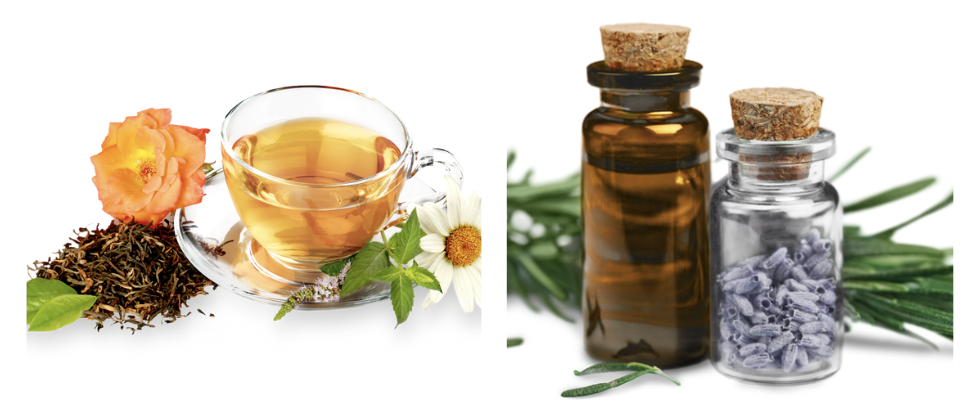
Tinctures
A tincture is a concentrated herbal extract that is made by soaking herbs in alcohol. Tinctures can be used to treat a variety of ailments, and are often more potent than other forms of herbal medicine.
Here are some additional details and considerations to keep in mind when making tinctures:
- Choosing Alcohol: When making a tincture, it’s important to choose the right type of alcohol. High-proof alcohol, like vodka, brandy, or Everclear, is typically used because it has a high alcohol content and can extract the active constituents from the herbs. However, the type of alcohol you choose may depend on your personal preferences and the desired flavor of the tincture.
- Herb-to-Alcohol Ratio: The herb-to-alcohol ratio is an important consideration when making tinctures. In general, a standard ratio for tinctures is 1 part dried herb to 5 parts alcohol by volume, or 1 part fresh herb to 2 parts alcohol by volume. However, the specific ratio may vary depending on the herbs being used and the desired strength of the tincture.
- Preparing the Herbs: Before making a tincture, the herbs must be properly prepared. This may involve drying the herbs, grinding them, or chopping them into small pieces. The finer the herbs are prepared, the more surface area there will be for the alcohol to extract the active constituents.
- Steeping Time: Once the herbs are prepared, they are added to a jar with the alcohol and left to steep for several weeks. The amount of time required for steeping depends on the herbs being used and the desired strength of the tincture. In general, tinctures are steeped for 4-6 weeks, with the jar being shaken daily to ensure that the herbs are fully infused.
- Straining and Bottling: Once the tincture has steeped, the liquid is strained to remove the herbs. A cheesecloth or coffee filter can be used to strain the liquid and ensure that there are no remaining plant materials. The tincture is then bottled in dark glass bottles to protect the liquid from light and preserve its potency.
- Dosage: Tinctures are highly concentrated, so it’s important to follow dosage guidelines when using them. Dosages vary depending on the herbs being used, but a general guideline is 1-2 droppers full (or 30-60 drops) taken 1-3 times per day. It’s important to start with a low dose and gradually increase as needed, while also being mindful of any potential side effects or interactions with other medications.
Oils and Salves
Oils and salves are another common form of herbal medicine. They are made by steeping herbs in oil or combining herbs with beeswax or other natural ingredients. Oils and salves can be applied topically to treat skin conditions, muscle pain, and other ailments.
Here are some additional details and considerations to keep in mind when making oils and salves:
- Choosing Oils: When making an oil or salve, it’s important to choose a high-quality oil that will not go rancid easily. Good choices for oils include olive oil, coconut oil, and jojoba oil. It’s important to use a carrier oil that is appropriate for the skin type and will not cause irritation or allergic reactions.
- Choosing Herbs: When making an oil or salve, it’s important to choose herbs that have the properties that you want to target. For example, lavender is a calming herb, and arnica is a pain reliever. Some popular herbs used in oils and salves include calendula, comfrey, chamomile, and St. John’s Wort.
- Infusing the Herbs: To make an infused oil or salve, the herbs are steeped in the oil to extract the active ingredients. The amount of time required for steeping depends on the herb being used and the desired strength of the oil. In general, the herbs are steeped in the oil for 2-4 weeks, with the oil being gently heated to aid in the infusion.
- Straining: Once the herbs have been steeped in the oil, they are strained out to create the infused oil. The oil can then be used directly on the skin or combined with beeswax and other ingredients to create a salve.
- Adding Beeswax: To make a salve, the infused oil is combined with beeswax and heated until the beeswax is melted. The mixture is then poured into jars or tins and allowed to cool and solidify. Beeswax can be added to the oil in varying amounts to create a soft or hard salve, depending on the desired consistency.
- Storage: Oils and salves should be stored in a cool, dry place to prevent spoilage. They should be used within 6-12 months to ensure maximum potency.
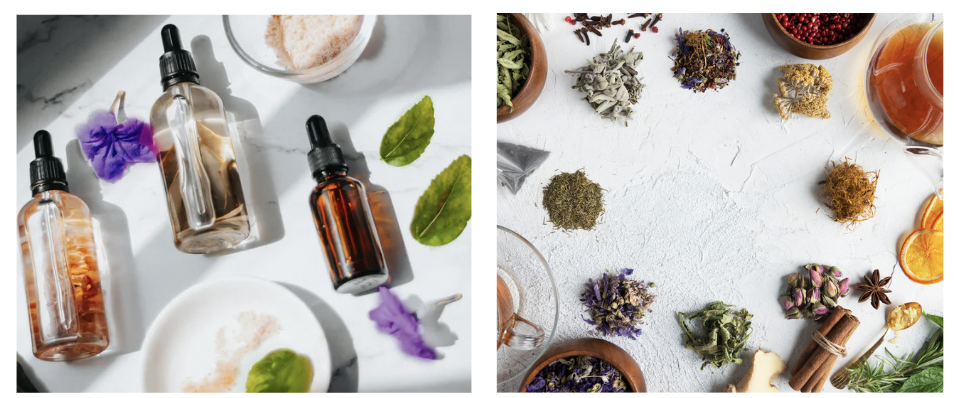
Dosage and Safety
It’s important to follow dosage guidelines when using herbal medicine, as some herbs can be toxic or have negative interactions with other medications. Always research the herbs you are using and consult with a healthcare professional before starting any herbal treatment.
Here are some additional details and considerations to keep in mind when making oils and salves:
- Dosage: The appropriate dosage of an herbal remedy will depend on the specific herb being used, as well as the individual’s age, weight, and overall health status. Dosages can vary widely, from a few drops of tincture to several cups of tea per day. It’s important to follow dosage instructions carefully, and to start with a low dose and gradually increase as needed. Overdosing on herbs can be dangerous, and can lead to serious side effects or interactions with other medications. If in doubt, consult with a healthcare professional or a qualified herbalist.
- Safety: While herbs are generally safe, they can interact with other medications and supplements, and may cause side effects in some individuals. It’s important to be aware of potential interactions and side effects when using herbal remedies. Some herbs can cause allergic reactions, while others may be contraindicated in certain medical conditions. It’s important to research the herbs you are using and to consult with a healthcare professional before starting any herbal treatment.
- Quality: The quality of the herbs you use can have a big impact on their effectiveness and safety. It’s important to choose high-quality herbs that are free from contaminants and have been stored properly. Look for herbs that are organic and free from pesticides and other harmful chemicals. When buying herbs, look for reputable suppliers that specialize in medicinal herbs and can provide detailed information on the herbs they sell.
- Preparation: The preparation of herbal remedies is an important factor in their effectiveness and safety. It’s important to follow preparation instructions carefully and to use appropriate equipment and techniques. For example, tinctures should be made with high-quality alcohol and should be allowed to steep for the appropriate amount of time. Infusions and decoctions should be prepared using the appropriate herb-to-water ratio and steeping time.
- Monitoring: When using herbal remedies, it’s important to monitor their effectiveness and to be aware of any potential side effects. Keep track of the dosage and frequency of use, and be aware of any changes in symptoms or overall health status. If any adverse effects occur, discontinue use and consult with a healthcare professional.
In conclusion, herbal medicine making is a fascinating and rewarding practice that can help you improve your health and well-being. By choosing the right herbs, preparing them properly, and following dosage and safety guidelines, you can create a variety of herbal remedies to treat a variety of ailments. Whether you’re interested in infusions and decoctions, tinctures, or oils and salves, there are many options to explore in the world of herbal medicine making. Remember to always research the herbs you are using and consult with a healthcare professional before starting any herbal treatment.


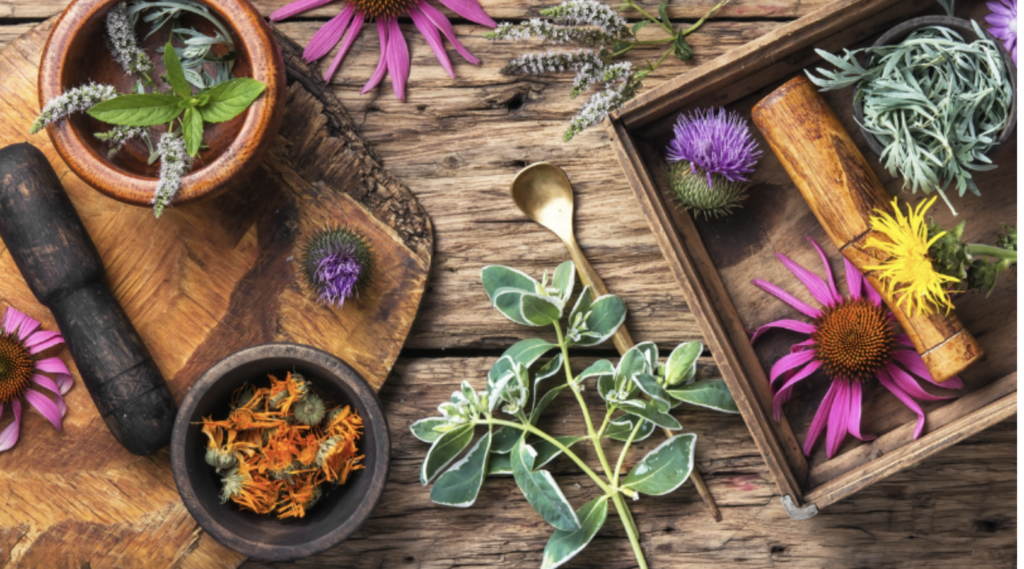

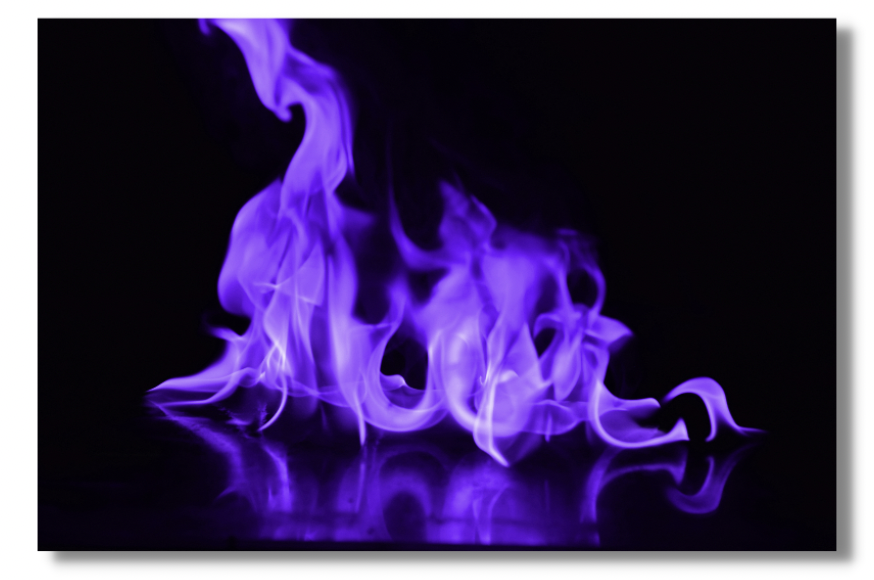
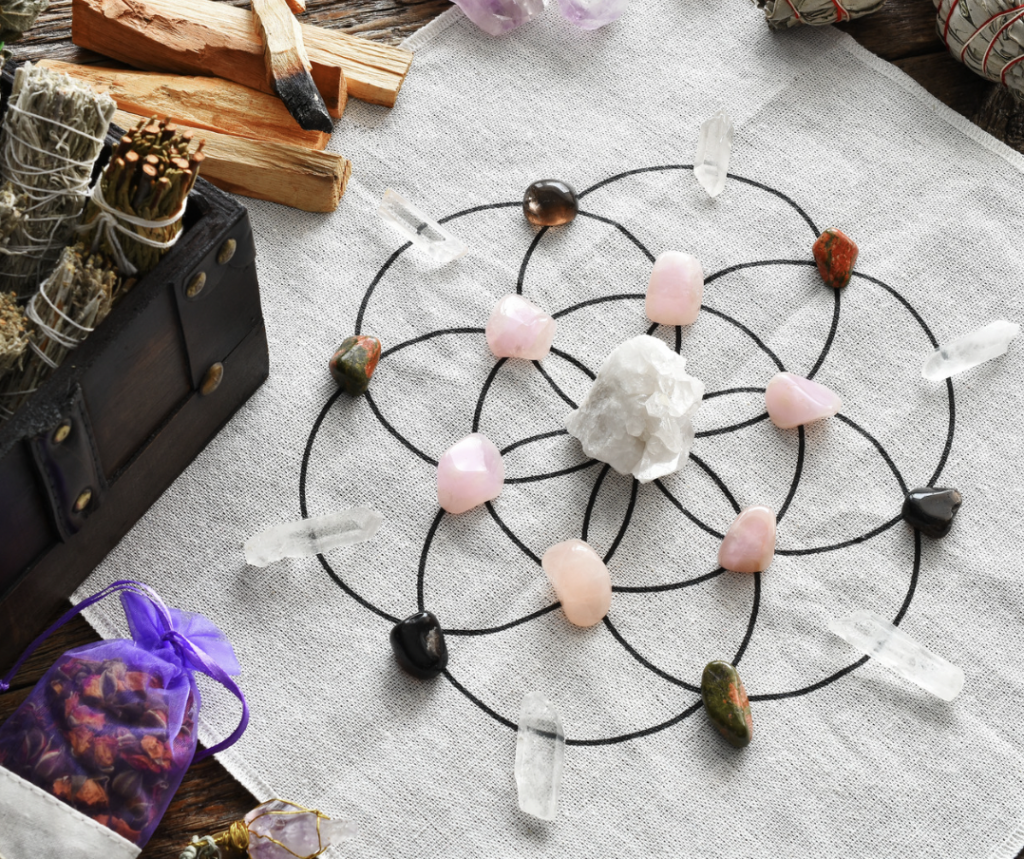
Responses